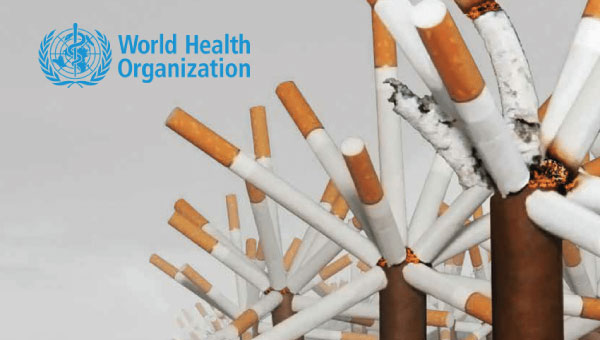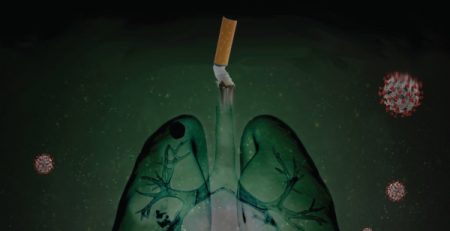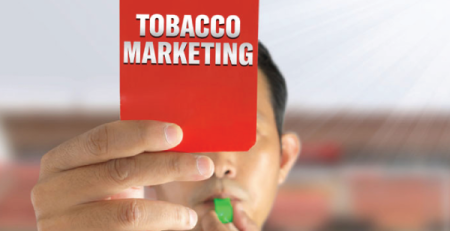Tobacco’s Environmental Threat
Bangkok Post on World No Tobacco Day, May 31, 2022. OpEd by Renaud Meyer, Resident Representative, UNDP to Thailand, and Dr Jos Vandelaer, WHO Representative to Thailand. “Thailand is the second-largest tobacco-leaf producer in Asean and the 16th in the world. Tobacco cultivation requires more toxic agrochemicals (pesticides, herbicides and insecticides) than non-tobacco crops. Thailand is also highlighted as one of the countries that have suffered tobacco-driven habitat destruction, according to “Tobacco and its environmental impact: an overview” by the WHO…
https://tinyurl.com/34z4x2j4
Nearly two-thirds of what remains after smoking, or cigarette butts, end up on the street, children’s parks, beaches, rivers and oceans. Cigarette butts are made of plastic (cellulose acetate) with more than 4,000 toxic chemicals. Every year around the world, 4.5 trillion cigarette butts are dumped in our environment, making them the world’s number one littered plastic item. Discarded cigarette butts harm the ecosystem, affect flooding by clogging the drains and also cause forest fires. Cigarette waste littered annually in Thailand amounts to the weight of nearly 6,000 Asian elephants.
Discarded butts on beaches and natural environments also raise economic concerns as nature provides vital resources for tourism-oriented countries like Thailand. The travel and tourism sector contributed nearly 20% of Thailand’s GDP in 2019, with 8 million jobs.
The Department of Marine and Coastal Resources estimated that nearly 2 million cigarette butts were discarded on just 11 popular Thai beaches in 2017. The Thai government has banned smoking and littering on the 24 most popular beaches since 2018. The ban should cover the remaining 333 beaches to protect locals, tourists, and natural resources.”
Stephen Hamann












